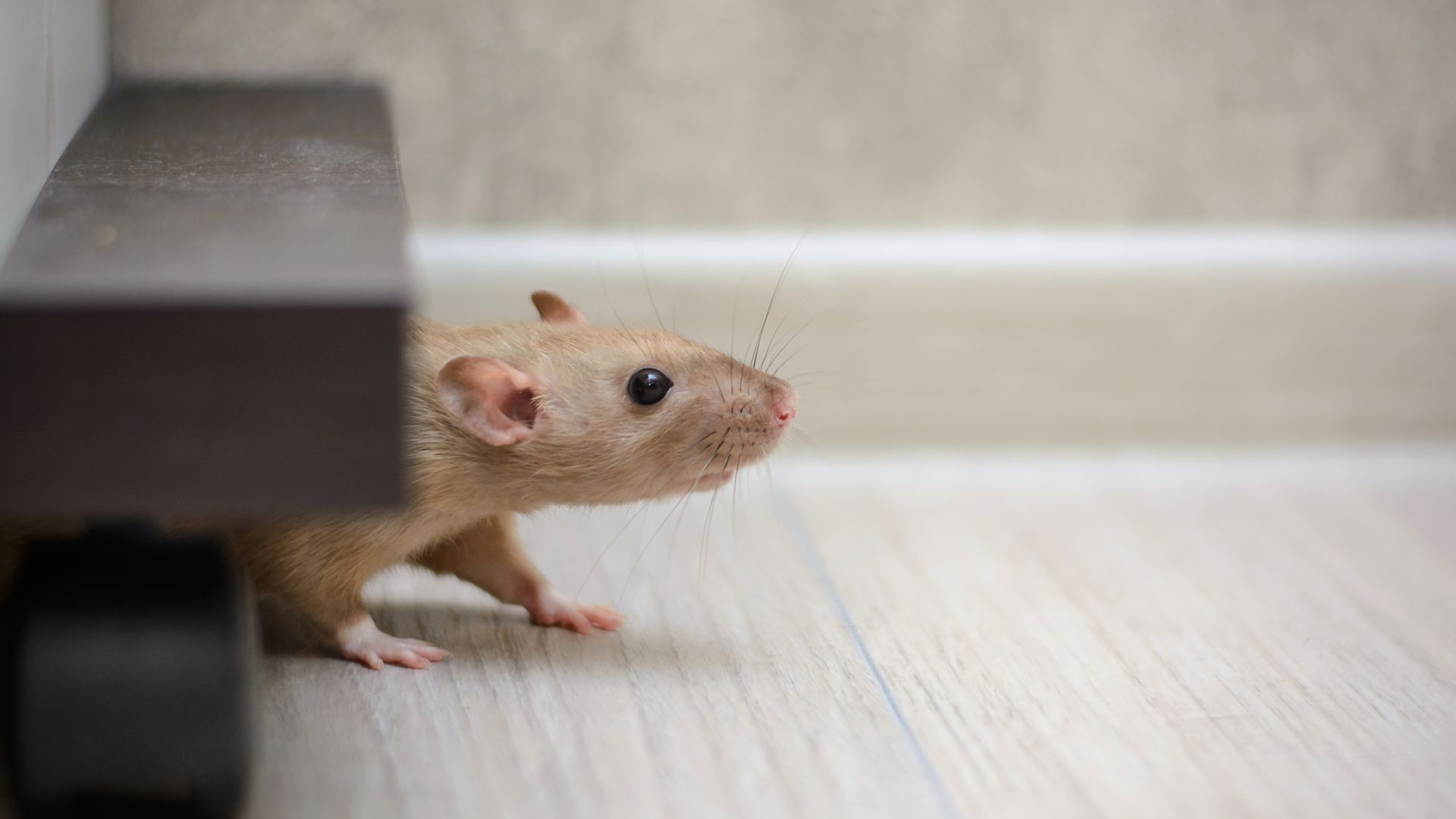Bats are fascinating creatures with distinctive characteristics. They typically have a body shape resembling that of a mouse. Here is a detailed description of their appearance:
What Bats Look Like
- Size and Body Shape: Bats exhibit a diverse range of sizes, but they generally possess a body structure reminiscent of a mouse. Their size can vary significantly, with wingspans spanning from a few inches to approximately one foot. The largest among them, such as the flying fox, can extend their wings to reach up to two feet.
- Fur and Coloration: Bats are adorned with fur that contributes to their distinct appearance. The color of their fur varies across species and can encompass a spectrum of shades, including light tan, dark brown, gray, reddish, and even black. This diversity in fur coloration often reflects their habitat and evolutionary adaptations.
- Head Features: Bats possess relatively small heads in proportion to their body size. A prominent feature is their tapered snout, which accommodates specialized teeth adapted for different diets. These teeth may be designed for consuming insects, fruit, nectar, or small prey, depending on the bat species.
- Ears: Bats are renowned for their exceptional hearing capabilities, thanks to their sizable, often pointed ears. These ears are meticulously designed to capture high-frequency sounds, a crucial skill for their echolocation abilities. Through echolocation, bats emit sound waves and listen for the returning echoes to navigate and locate prey in complete darkness.
- Eyes: While bats possess eyes, they are typically small relative to their head size. Their vision, though functional, is adapted for low-light conditions. However, it's important to note that bats primarily rely on echolocation rather than sight for orientation and hunting.
- Wings: Bats' wings are their most remarkable feature, as they are the only mammals capable of sustained flight. These wings consist of a remarkably delicate membrane known as the patagium. This membrane extends between elongated finger bones and grants bats the ability to gracefully traverse the skies. The patagium's thinness is integral to efficient flight.
- Tail: Bats do possess tails, but they are typically short and partially concealed within the wing membrane. The length of the tail can vary among bat species, but it seldom extends beyond the confines of the wing structure.
- Limbs and Adaptations for Flight: Bats exhibit striking adaptations in their limbs, which are specialized for flight. Their limbs feature long, slender bones and flexible joints. Notably, the fingers of their forelimbs are significantly elongated and serve as the primary support for the wing membrane. This adaptation empowers bats with the extraordinary gift of flight, allowing them to maneuver swiftly and precisely in pursuit of food and shelter.
Bats manifest an extraordinary array of physical characteristics, each finely tuned to their unique ecological roles and habitats. Their appearance encompasses small, furry bodies, tapered snouts, large, pointed ears, and wings formed by a delicate membrane. These adaptations collectively distinguish bats as a remarkable group of mammals, supremely equipped for their aerial lifestyle and diverse dietary preferences.
What Do Bat Droppings Look Like?
Bat droppings, also known as guano, exhibit specific characteristics that distinguish them from the feces of other animals. Here's a detailed description of what bat droppings look like:
- Color: Bat droppings can vary in color, depending on the diet of the bats and other factors. Fresh guano is typically dark brown or black. However, as it ages and weathers, it can turn lighter in color, sometimes taking on a gray or even whitish appearance due to mineral deposits.
- Texture: Bat droppings have a distinctive texture. When fresh, they are relatively soft and moist, similar to the consistency of putty or mud. Over time, as they dry out, they can become more powdery and crumbly.
- Size and Shape: The size and shape of bat droppings can vary among different bat species. They are generally elongated and cylindrical, resembling small, tapered pellets. The size can range from a few millimeters to several centimeters in length, depending on the bat's size and diet.
- Clustering: Bats tend to excrete their droppings in clustered piles or heaps, often found beneath their roosting sites. These accumulations of guano can become quite large over time, especially in colonies of bats.
- Odor: Fresh bat guano can have a distinct, ammonia-like odor due to the presence of uric acid and metabolic waste products. The odor can be pungent and unpleasant, especially in enclosed spaces with a high concentration of droppings.
- Consistency: In terms of consistency, bat droppings can be somewhat sticky when fresh, but they dry out and harden over time. This hardening process can make them challenging to remove from surfaces where they accumulate.
Bat droppings can pose health risks, as they may harbor fungal spores, such as those responsible for histoplasmosis, a respiratory disease. Therefore, when dealing with bat guano, proper precautions and protective gear should be used to minimize the risk of exposure to potential pathogens.
Bat droppings, or guano, are dark in color when fresh, with a soft, putty-like texture. They are typically elongated and can vary in size, depending on the bat species. Over time, they dry out and become powdery, often forming clusters beneath roosting sites. Due to potential health risks, it's essential to handle bat guano with care and take appropriate safety measures when cleaning it up.

